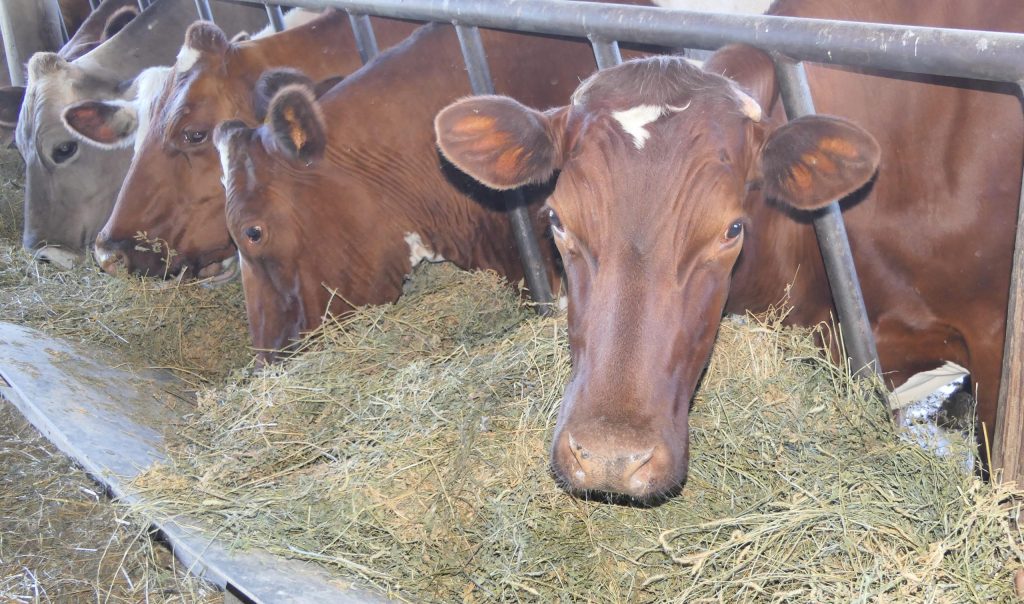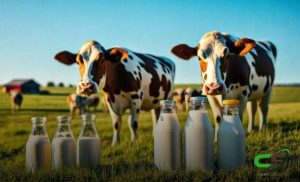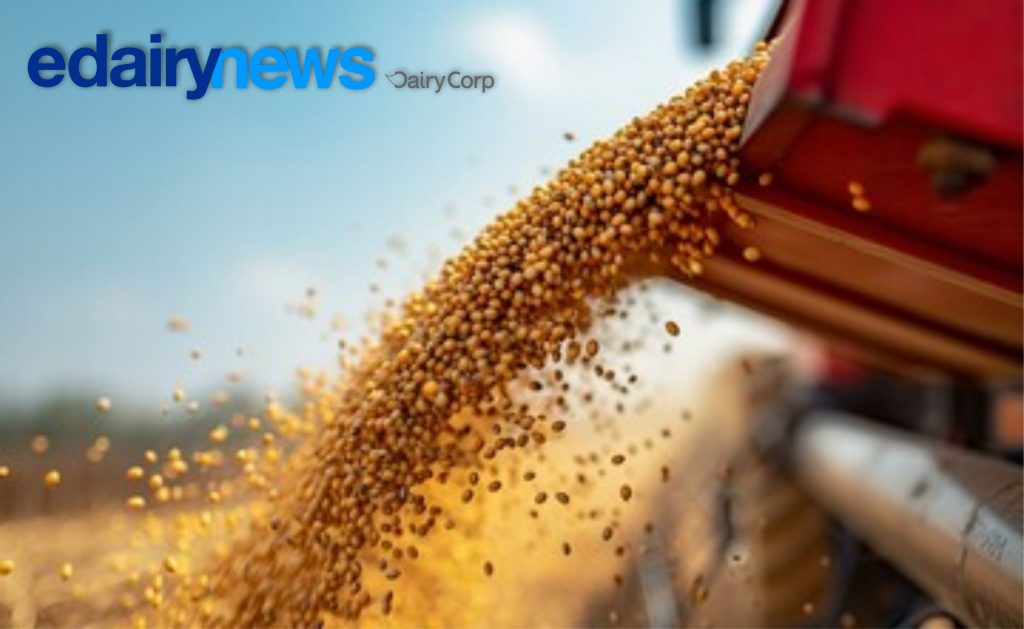According to a new report put out by USDA, small dairies nationwide are struggling. Kansas dairies are no exception.
Dairy farmers like Grazing Plains Farm and Le-Vr Dairy in Newton, Miller Dairy in Hutchinson and Sasnak Farms in Inman are several generations old, but times have become tougher. Since COVID-19 hit, prices have spiraled down, and are slowly starting to rebound.
“Consolidation in U.S. Dairy Farming,” a USDA report, was written by James MacDonald, Jonathan Law and Roberto Mosheim. Researchers found the Midwest and Northeast were hit the hardest with decreasing small dairy farms. California already operates many large-scale dairies.
In 1987, half of all milk cows in the United States were in herds of 80 or fewer. In 2017, the USDA said, the midpoint size was 1,300 cows on an average dairy farm. The dairies are consolidating on a larger scale than most other types of farms.
In 2007, there were just under 150,000 small dairies. One decade later, the number fell to below 50,000. The amount continues to decline.
Cost incentives exist in having larger dairies, with herd size being a determinant of profit. Weather, location and management can also affect income.
According to the study, if the number of farms continue to decline at a rate of 4% per year, in line with past trends, the amount of small dairy herds is expected to total 31,500 by the end of 2021. This is down from approximately 34,000 in 2019.
“The bigger dairies are becoming efficient,” said Stephanie Eckroat, executive director of Kansas Dairy. “We keep losing dairies.”
In Kansas, there are 270 dairy farms. Kansas ranks 16th in the U.S. for milk production. The milk comes from more than 160,000 cows who produce just under 3.8 billion pounds of milk. According to the Kansas Department of Agriculture, approximately 80% to 85% of the milk produced in the state is produced in western Kansas on 29 large farms that originated since 1994. In addition to the southwestern dairies, large dairies in Kansas can be found in Decatur, Thomas and Washington counties.
“In the future, there probably won’t be as many small farm dairies in the country,” Ecroat said. “They have to grow in order to survive.”













